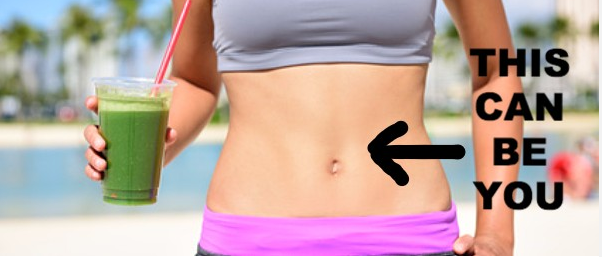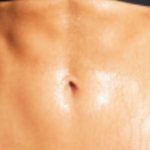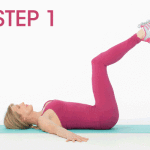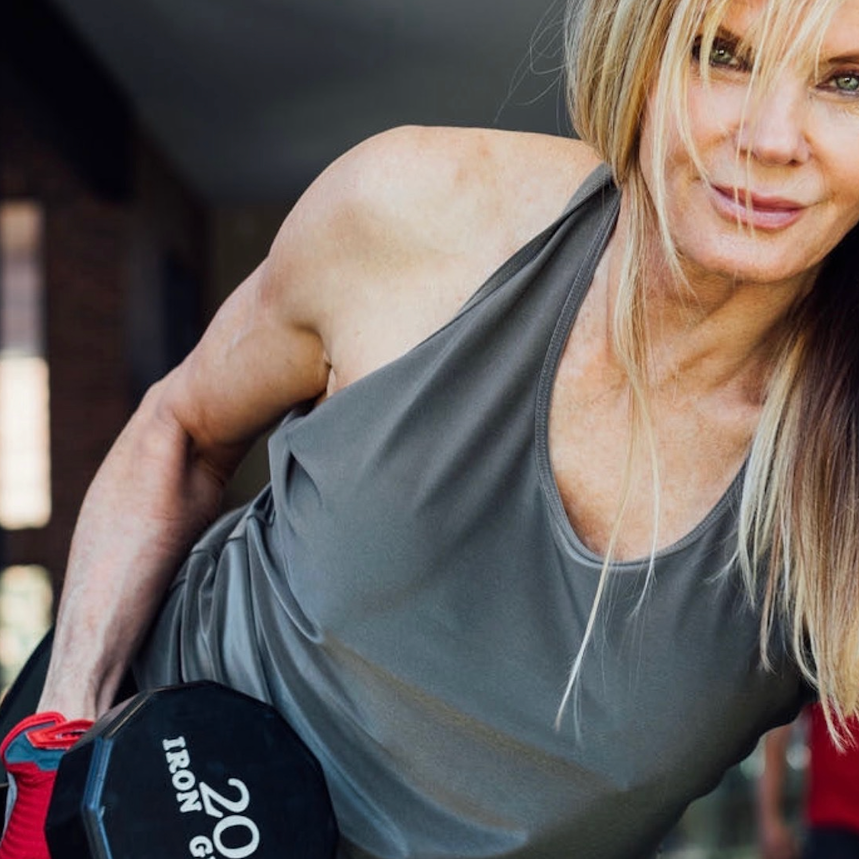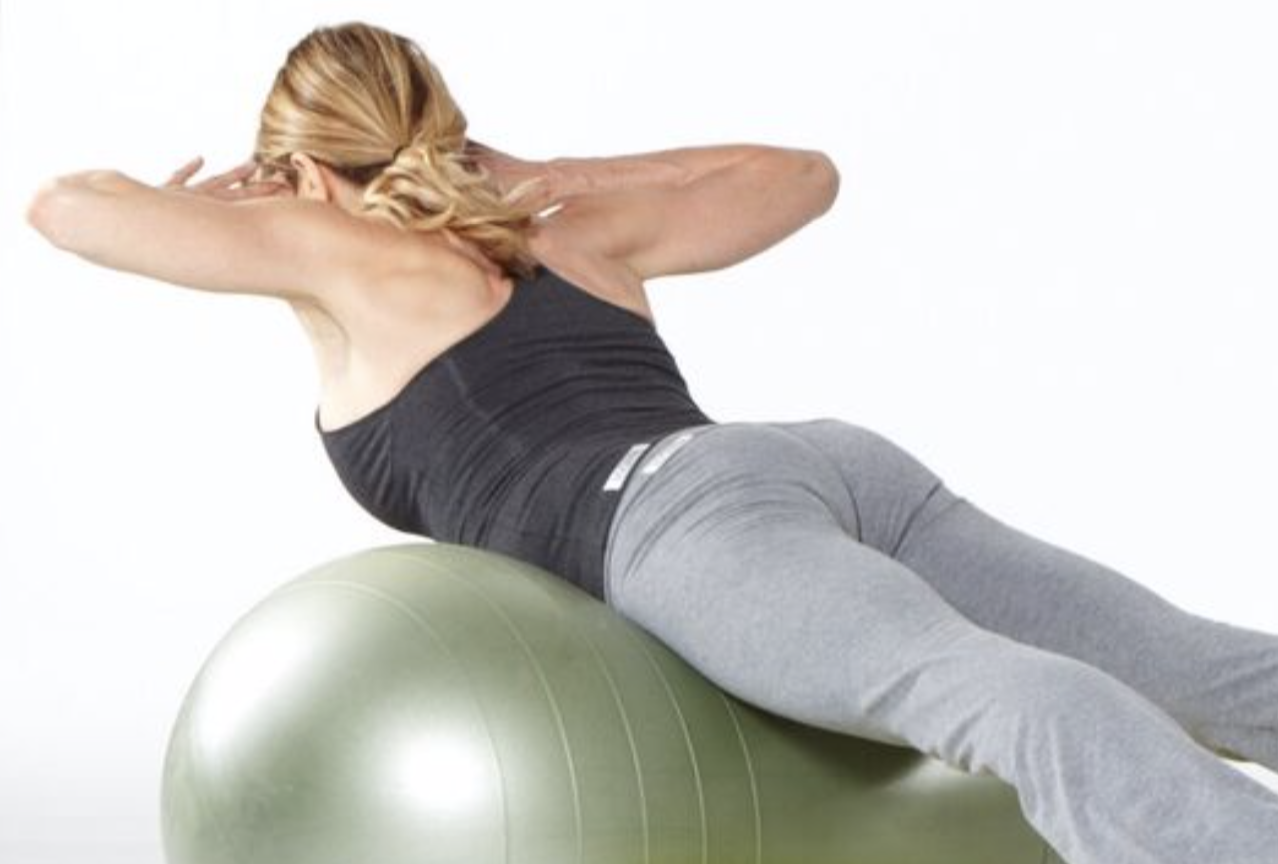You Can’t Have Flat Abs Without This!
Clearly, in order to be your best, you need to treat your gut right — and a big part of that involves prebiotics and probiotics. New York Times best-selling author Dr. Kellyann Petrucci addresses how having a healthy gut may be what’s holding you back from losing weight in her book, The Bone Broth Diet.
Knowing the difference between prebiotics and probiotics and how to add them into your diet could be the 1 missing link for you to crack the code on flat abs.
Nutrition research has pinpointed specific functional components of foods that may improve health, and prebiotics and probiotics are two such substances.
Although they are available as dietary supplements, it is not necessary to use special pills, potions, cleanses or other concoctions to incorporate prebiotics and probiotics into your diet. These “nutrition boosters” are natural ingredients in everyday food. In fact, Kristi King, MPH, RDN, LD, CNSC, spokesperson for the Academy of Nutrition and Dietetics, suggests focusing on the food sources first. “They are more readily available for absorption and digestion,” she says.
While research continues in this area of nutrition — investigating how effective and safe these substances are and how much we need to obtain health benefits — here’s what we know now.
What Are Prebiotics and What Do They Do?
Prebiotics are natural, non-digestible food ingredients that are linked to promoting the growth of helpful bacteria in your gut. Simply said, they’re “good” bacteria promoters. That’s right, not all bacteria are bad! Prebiotics may improve gastrointestinal health as well as potentially enhance calcium absorption.
Prebiotics in Your Diet
Prebiotics include fructooligosaccharides, such as inulin and galactooligosaccharides. But rather than focusing on these lengthy words, include more prebiotics in your diet by eating these foods recommended by King: bananas, onions, garlic, leeks, asparagus, artichokes, soybeans and whole-wheat foods.
What Are Probiotics and What Do They Do?
Probiotics are actually the “good” bacteria — or live cultures — just like those naturally found in your gut. These active cultures help change or repopulate intestinal bacteria to balance gut flora. This functional component may boost immunity and overall health, especially GI health. For instance, probiotics have been used for treatment of irritable bowel syndrome. Some strains of these live cultures may help prevent specific allergy symptoms, reduce symptoms of lactose intolerance and more. However, effects can vary from person to person.
Probiotics in Your Diet
To obtain more probiotics, King recommends enjoying fermented dairy foods including yogurt, kefir products and aged cheeses, which contain live cultures (for example, bifidobacteria and lactobacilli). Plus, she suggests some non-dairy foods which also have beneficial cultures, including kimchi, sauerkraut, miso, tempeh and soy beverages.
What Makes Prebiotics and Probiotics the “Dynamic Duo?”
Ultimately, prebiotics (“good” bacteria promoters) and probiotics (“good” bacteria) work together synergistically. In other words, prebiotics are breakfast, lunch and dinner for probiotics, which restores and can improve GI health. Products that combine these together are called synbiotics. On the menu, that means enjoying bananas atop yogurt or stir-frying asparagus with tempeh is a win-win.
So be sure to include food sources of prebiotics and probiotics on your grocery shopping list, taking time to double-check labels at the market. Although you won’t find a FDA health claim on products that provide these “nutrition boosters,” you may find a structure-function claim such as “promotes a healthy digestive system.” The bottom line: At minimum, prebiotics and probiotics are keys for good gut health. “I think we are at an exciting time in research,” says King. “We’re finding that the gut flora is responsible for more than just digestion.”
Incorporating health-promoting functional foods, such as foods containing prebiotics and probiotics, into the diet potentially aids in creating a healthier you.
For specific advice on obtaining prebiotics and probiotics for your own specific health needs, especially if you have GI issues or a weakened immune system, contact aregistered dietitian nutritionist.
YOU’RE ONLY 30 DAYS AWAY FROM FLAT ABS!
With The NEW 30-Day Flat-Abs Challenge!
The NEW 30-Day Flat Abs Challenge Includes:
- 30 Daily workouts to flip your belly fat-burning switch! From videos to audio workouts, from walking to strength training to barre, your ab-tightening workouts will be delivered straight to your email bright and early every morning. And, your first routine will arrive within 24 hours of signing up!
- 30 Belly-fat fighting recipes – Enjoy the daily step-by-step recipes so you know EXACTLY what to eat every day. Which means, by the time summertime rolls around, you’ll have perfected these mouth-watering (and healthier) options.
- 30 Hormone-resetting tips – Each day, I’ll teach you how your hormones could be whipping you up a muffin top, and a quick tip on how to steer your hormones in the right direction for rapid belly-fat loss.
- BONUS: Private Q&A with me! – Any time during the challenge, email me, and I’ll answer your #1 fat-burning question!

